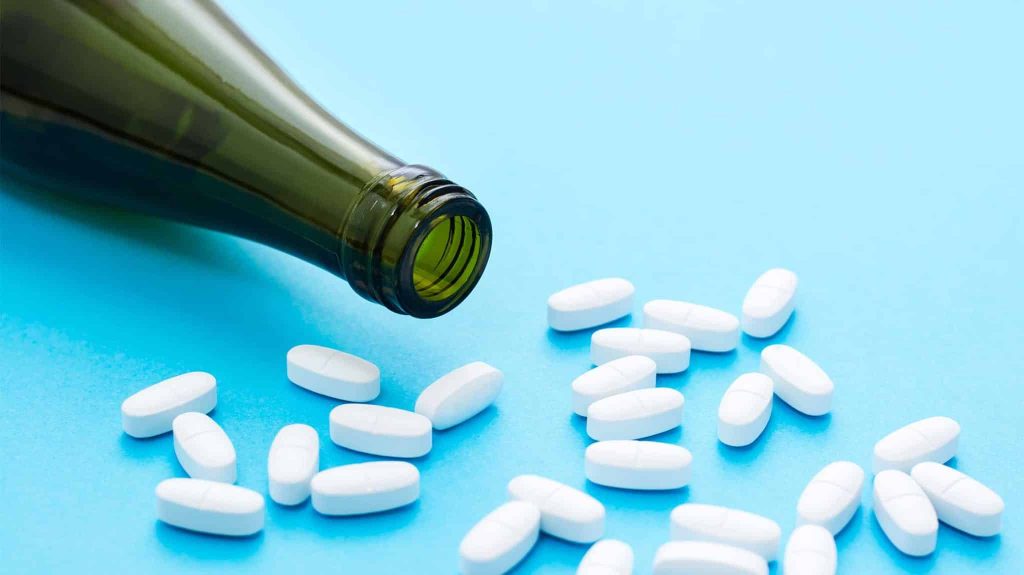**Celexa and Alcohol: Assessing the Dangers**
Celexa, or citalopram as it’s generically known, belongs to the selective serotonin reuptake inhibitors (SSRIs) class of medications. It’s commonly prescribed to manage depression and anxiety disorders. However, combining Celexa with alcohol can lead to significant risks. Let’s explore why this combination can be dangerous.
The Effects of Alcohol
Alcohol is a central nervous system depressant that impairs judgment, coordination, and reaction times. It can also worsen symptoms of depression and anxiety. When consumed alongside Celexa, alcohol can intensify side effects such as drowsiness, dizziness, and reduced concentration.
Four Critical Risks of Mixing Alcohol with Celexa
Firstly, the combination of alcohol and Celexa can lead to serotonin syndrome, a condition characterized by an excess of serotonin in the body. Symptoms may include agitation, confusion, rapid heart rate, high blood pressure, dilated pupils, muscle stiffness, and sweating. In severe cases, it can cause seizures, comas, or even death.
Secondly, using both substances increases the risk of liver damage. Since both alcohol and Celexa are processed by the liver, their interaction can result in liver toxicity. This poses a particular danger for individuals with existing liver conditions or those on other liver-impacting medications.
Additionally, alcohol can diminish the effectiveness of Celexa in treating depression and anxiety.
Managing Alcohol Consumption While on Celexa
If you are taking Celexa, it’s essential to discuss your alcohol consumption with your healthcare provider. They can provide guidance on what constitutes a safe consumption limit and may recommend alternative treatments or medications that don’t interact with alcohol.
Conclusion
In conclusion, mixing Celexa with alcohol is generally inadvisable. This combination increases the risk of severe side effects, serotonin syndrome, and liver damage while also exacerbating depression and anxiety symptoms. Consult your doctor to determine your safe limits if avoiding alcohol completely is not feasible.
